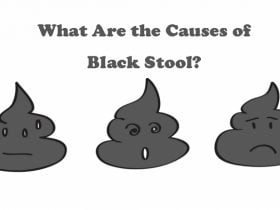Why DHT Affects People Differently

Your propensity to hair loss is genetic, this implies that hair loss is passed down in your family. For instance, if you are male and your father has male pattern balding, it is possible that you will exhibit a similar balding pattern as you get older. DHT has the tendency to shrink follicles. The tendency becomes more pronounced if you are already inclined to male pattern baldness.
In some cases, the size and shape of your head, may also contribute to how fast DHT shrinks your follicles.
DHT’s Connection to Balding
Hair grows out of structures beneath the skin known as follicles. They are basically tiny capsules that contain a single strand of hair.
The hair within a follicle has a growth cycle that lasts for two to six years. Even after shaving or cutting your hair, it grows back out of the follicle from the root of the hair located in the follicle.
After a cycle, the hair enters a resting phase before finally falling out a few months later. Then, the follicle produces a new hair and the cycle begins again.
High levels of androgens, such as DHT can reduce your hair follicles and also shorten the cycle, causing hair to grow out having a thin and more brittle appearance. It also makes them fall out faster. DHT can impede the growth of new hairs from the follicles, once old hair falls out.
The effects of DHT in some people are more pronounced because of variations in their androgen receptor (AR) gene. Androgen receptors are proteins that enhance the binding of hormones such as testosterone and DHT. This binding activity is responsible for the normal hormonal responses such as body hair growth.
It is vital to know that variations in the AR gene can increase androgen [3] receptivity in your scalp follicles, increasing the chances of having male pattern hair loss.













